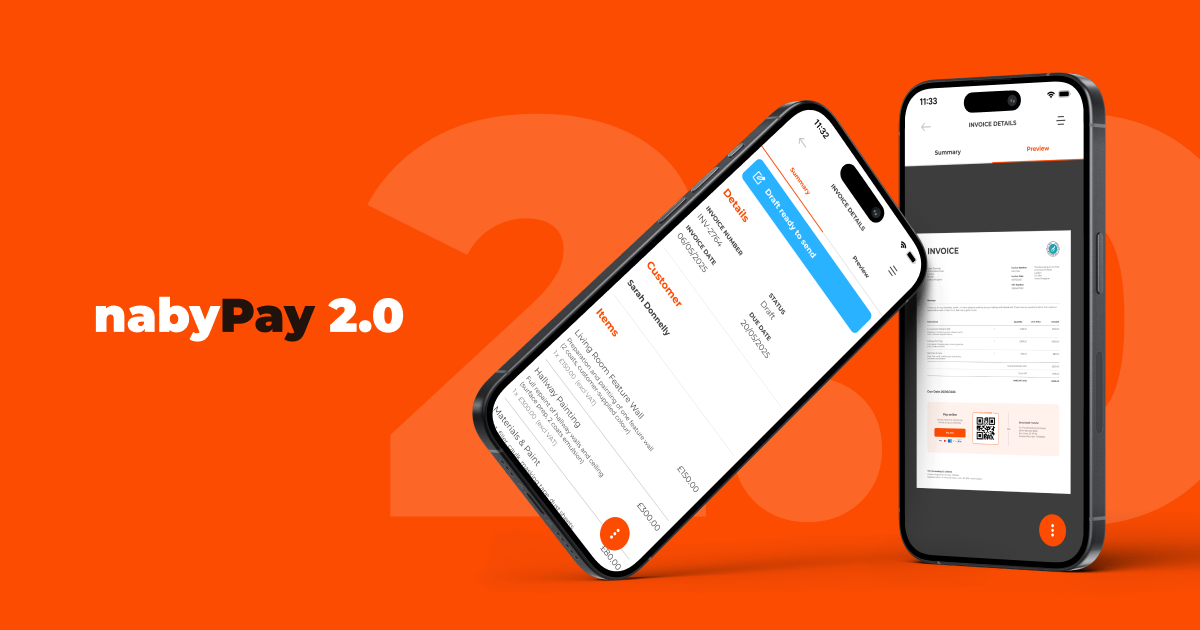Small invoicing mistakes can cause big payment delays. A missing detail here or unclear instruction there gives clients an excuse to hold off paying while they "clarify things" with you.
Most invoicing problems are easy to fix once you know what to look for. Here are the most common mistakes and how to avoid them.
We'll cover the most common mistakes you should avoid:
- Missing essential details
- Unclear payment terms
- Sending invoices too late
- Making payment complicated
- Poor invoice numbering
- Vague job descriptions
- Wrong client details
- Not following up
- Inconsistent branding
- Forgetting legal requirements
Missing essential details
Incomplete invoices get ignored or delayed. Every invoice must include:
- Your business name and contact details
- Client's full name and address
- Invoice number and date
- Description of work completed
- Payment due date
- Total amount owed
- Your payment details or payment link
Missing any of these details gives clients a reason to delay payment. Double-check every invoice before sending it.
Unclear payment terms
"Payment due ASAP" isn't clear enough. Neither is "Pay when you can" or "Payment due soon."
Be specific about payment terms:
- Payment due within 14 days
- Payment due by [specific date]
- Payment due on completion
- 50% deposit required before work starts
Clear terms remove confusion and create accountability. If you don't specify when payment is due, you can't reasonably chase late payment.
Sending invoices too late
Don't wait until the end of the week or month to send invoices. Send them immediately after completing work.
Late invoicing creates two problems. First, the work isn't fresh in the client's mind, making disputes more likely. Second, your payment period starts late, delaying your cash flow unnecessarily.
For larger projects, invoice in stages rather than waiting until everything is finished. This improves cash flow and reduces the risk of large unpaid amounts.
Making payment complicated
Long bank account numbers, unclear payment instructions, and limited payment options all slow down payments.
Instead of just listing your bank details, offer multiple payment methods:
- Payment links that accept cards and bank transfers
- QR codes for in-person payments
- Clear instructions for each payment option
The easier you make it to pay, the faster you'll get paid. Remove every possible barrier between your client and their payment.
Poor invoice numbering
Random invoice numbers make it impossible to track payments and look unprofessional. Use a consistent system like:
- INV-001, INV-002, INV-003
- 2025-001, 2025-002, 2025-003
- Your initials plus numbers: JS-001, JS-002
Sequential numbering helps you spot missing payments and makes record-keeping simple. Never use the same number twice, even by accident.
Vague job descriptions
"Website work" or "Consulting services" tells the client nothing about what they're paying for. This leads to disputes and delayed payments while you explain what you actually did.
Be specific about what you delivered:
- "Logo design for ABC Company including 3 concepts and final files"
- "Kitchen cabinet installation - 12 units plus worktop fitting"
- "Website maintenance: security updates, content changes, and backup setup"
Detailed descriptions prevent disputes and show the value you've provided.
Wrong client details
Sending invoices to the wrong person or address is more common than you'd think. Always verify:
- Client's correct legal name (especially for companies)
- Proper billing address
- Correct contact person
- Purchase order numbers if required
Getting these details wrong can delay payment by weeks while the invoice gets passed around or returned to you.
Not following up
Sending an invoice and hoping for the best rarely works. Plan your follow-up process:
- Friendly reminder a few days before due date
- Polite follow-up within a week of due date
- Firmer reminder after two weeks
- Final demand before considering formal action
Consistent follow-up shows you're professional about getting paid and often speeds up payment from clients who simply forgot.
Inconsistent branding
Professional-looking invoices get paid faster than messy ones. Keep your branding consistent:
- Use the same logo and colors on every invoice
- Stick to professional fonts
- Include your website and contact details
- Make sure everything aligns properly
You don't need fancy design, just clean and consistent presentation that looks professional.
Forgetting legal requirements
If you're VAT registered, you must include:
- Your VAT number
- VAT breakdown showing rate and amount
- Total including VAT
For all invoices over £100, you should include your business address. Check current requirements as they change occasionally.
Missing legal requirements can invalidate invoices and give clients grounds to refuse payment.
Getting it right
Good invoicing habits pay off quickly. Clients appreciate clear, professional invoices and usually pay them faster.
Take time to create an invoice template that includes all the essential information. Once you have a good template, stick to it for consistency.
Modern invoicing tools can help avoid many of these mistakes by including required fields, sequential numbering, and integrated payment options automatically.
Remember, 92% of NabyPay payment requests are paid within one day. When your invoices are clear, complete, and easy to pay, clients respond quickly.
The goal isn't just to get paid, but to get paid faster with less hassle. Small improvements to your invoicing process can make a big difference to your cash flow.












